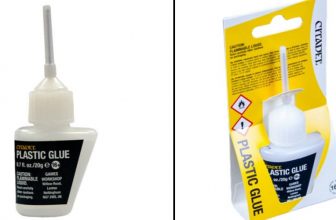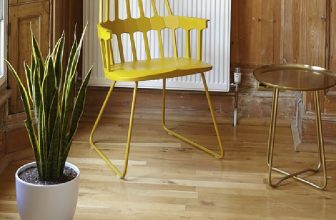How to Remove Glue Trap From Floor
If you’ve ever had the misfortune of stepping on a glue trap, you know how frustrating and painful it can be. These traps are used to catch rodents, but they can also snag your skin or worse. So if you find yourself with a glue trap stuck to your floor, don’t worry; there is a way to remove it without hurting yourself.
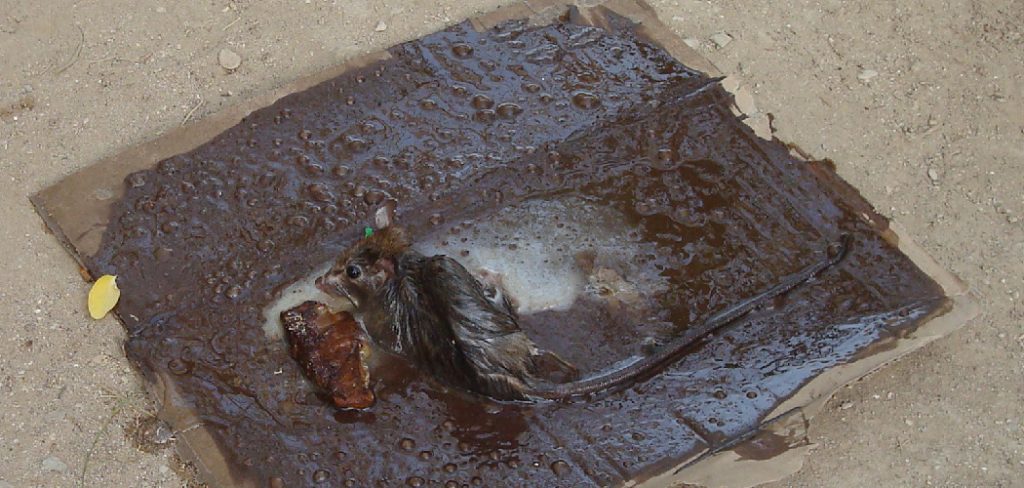
Removing a glue trap from the floor can be a tricky task. If not done correctly, you could damage the floor or get injured. This blog post will teach you how to remove glue trap from floor. Keep reading for more information!
10 Ways on How to Remove Glue Trap From Floor
1. Peel Up
If you have a glue trap on your floor, you should try to pull it up as soon as possible. If you leave it on there for a long time, it will be hard to remove without ruining your floor or leaving a mess.
2. Hair Dryer
If there is a glue trap on the floor and you can’t get under it, you can use a hairdryer to melt the adhesive. Once it’s slightly warm, you can use a plastic scraper or putty knife to start peeling it up. This option works best when your glue trap is still fairly fresh and hasn’t been on the floor for too long.
3. Acetone or Nail Polish Remover
Use nail polish remover or acetone on a paper towel, rag, or abrasive scrubbing pad to remove the glue from your tile floors. Be sure to test out this method in an inconspicuous place first because these chemicals may cause damage to your floor. Note: You may also have success with cleaning the glue off your tile floors with vinegar, soap, and water, but this method is not as effective.
4. Goo Gone and Hairspray
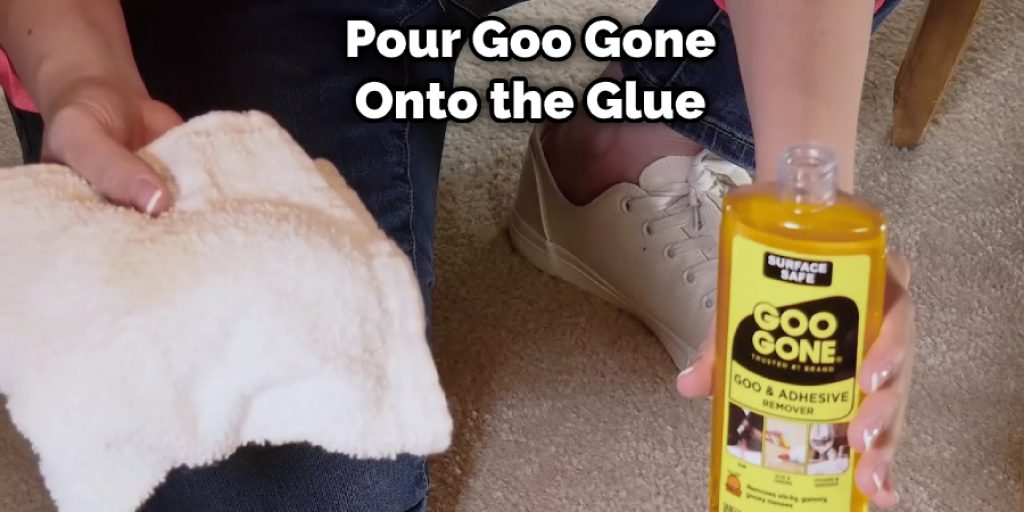
If you have a glue trap with sticky glue on it, you can pour goo gone onto it and let it sit for a few minutes. Then, you can rub it gently with a cloth or scrubbing pad to remove the glue. You can also try using hairspray as an alternative, but it might not work as well.
5. Alcohol and Water
If you have a glue trap on your floor and want to get rid of it, one way to do it is to pour 80% alcohol onto the trap and let it sit for five minutes. Then you can use a scrubbing pad or sponge to wipe the area clean. You can also use a rag to blot up the glue and alcohol instead of scrubbing.
6. Denture Cleaner
This is one of the safest ways to remove glue traps from your floor because it’s so gentle. However, it does take some time before you can wipe up the area again so this might not be an ideal choice when you have a lot of cleaning to do in one go. Just pour some denture cleaner onto the glue trap and let it sit for about five minutes before using a soft scrubbing pad to wipe the area clean.
7. WD-40 or Rubbing Alcohol
WD-40 can dissolve superglue, similar to the adhesive in glue traps. Use WD-40 instead of alcohol if you want to wait around for the glue trap to dry up. Rubbing alcohol can also remove super glue and works extremely well when combined with water or nail polish remover (acetone).
8. Isopropyl Alcohol

Another good choice for removing glue traps is pure or Isopropyl alcohol. You can paint it directly onto the trap with a brush, let it sit for at least five minutes before wiping up the area clean with a rag or scrubbing pad.
9. Scraper and Razor Blade
One of the most popular options for removing glue traps is to use a scraper and razor blade. The latter will work better than the former, so you’ll want to find an old one or buy a cheap safety razor blade to use with your scraper. Scrape up the thin layer of adhesive on top of the glue trap starting from the edges working inward toward the middle. Keep in mind that this method might damage your floor if the scraper gets too aggressive.
10. Squeegee
Using a squeegee is similar to using a razor blade and scraper, though it’s somewhat gentler so you’ll need to apply more force when scrubbing. The upside is that this method can remove many types of adhesive instead of just superglue. Remember that some glue traps come with their unique solution, which is usually more effective for removing them from your floor.
Some Tips and Suggestions
Here are some tips and suggestions on how to remove glue trap from floor.
1. Apply olive oil to the area.
2. Use flour, baking soda, baby powder, or even bread crumbs (if you’re in a pinch), place it on the glue trap and let set for around 15-20 minutes before attempting to remove it.
3. Place wax paper or parchment paper over the top of the glue trap and use an iron set to low.
4. Spray cooking oil onto the wax paper and let it sit for a few minutes before attempting to remove it.
5. Use a hair dryer or heat gun pointed at the wax paper/parchment paper over the glue trap, let it heat up, and try removing.
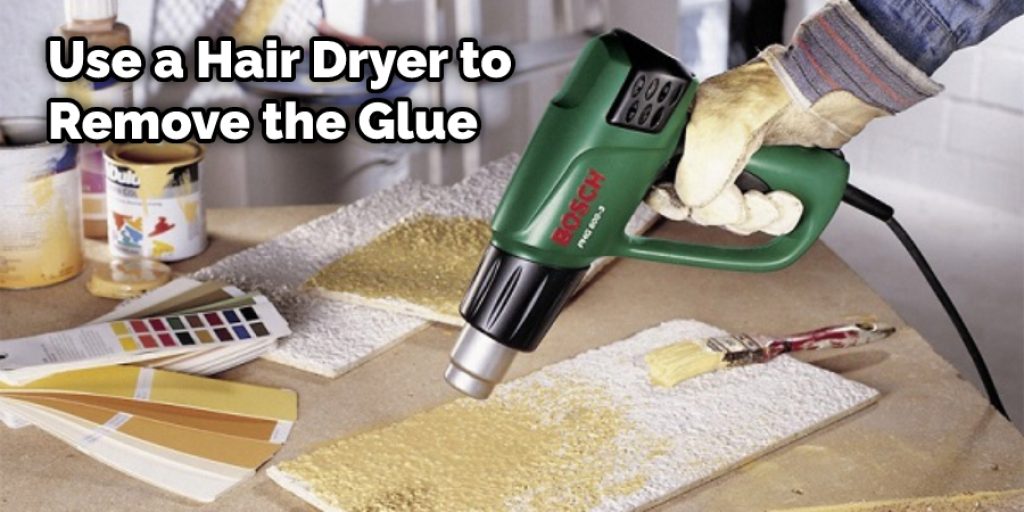
6. Try using a seam ripper as it works very well for removing the glue/tape from clothes.
7. Try to soak up as much of the glue from the carpet by using paper towels or a rag.
8. Use WD-40 on the area, let it sit for a bit then try scraping off the glue.
What Causes a Creaking & Popping Noise in Hardwood Floors?
You may have heard noises coming from your hardwood floors, especially if you live in an older house. These sounds typically go away on their own, but sometimes something has to be done about them. For example, the popping noise might be caused by the rise and fall of temperature. As temperatures increase, the wood expands; when the temperature drops, it contracts.
This shifting can cause gaps to open up between boards or for nails to lift out of them. On the other hand, there may not be anything wrong with your floor. If you determine that the noise is not a sign of more serious problems, it is probably best to ignore it. It will probably go away on its own after a while.
Frequently Asked Questions
Q: Where Do I Find Glue Traps and How Do I Get Rid of Them Safely?
A: Glue traps are used in homes, restaurants, and other places to catch mice and insects. Unfortunately, they can cause an animal’s death when they get stuck on them. Glue traps may seem like an easy solution but they are cruel and typically ineffective for catching rodents or insects.
Removing captured animals is messy, time-consuming, complex, and dangerous. It should not be done by untrained individuals who may use inappropriate methods to release the trapped animal, resulting in injury or death for both people and animals.
Q: What Should I Use to Clean Up After Removing Glue Traps From Floor?
A: After removing glue traps from the floor, you should use warm water and soap to clean off any remaining residue of glue (obviously not if it’s inside your body). Remember to wash your hands thoroughly afterwards. After removing glue traps from the floor, you should use hot water and soap to clean off any remaining glue residue. Again, remember to wash your hands thoroughly afterward.

Glue is a non-bonding adhesive used for many things, including temporarily or semi-permanently attaching things or sealing objects together. It leaves a sticky residue on surfaces or objects that can be difficult to remove. If left uncleaned, this sticky adhesive will attract dirt and dust, leading to unsightly stains on the object in question.
Q: How Can I Remove Glue Trap From Floor Without Hurting Myself?
A: It is possible to remove glue traps from floors without hurting yourself if you take some care. Glue traps are easy to use, but they can be dangerous if you aren’t careful, so read about them on this page first. A glue trap is a device used for catching mice and insects.
They consist of the base or glue board and the adhesive glue. The adhesive is spread over the board, which usually has a thin layer of paper or cardboard to form a solid surface. Glue traps are used in homes and in places like restaurants where large numbers of mice and insects need to be caught.
Conclusion
The best way to get rid of a glue trap is olive oil. First, place the adhesive side on top of some newspaper and pour some olive oil over it while using your finger or spoon to spread the liquid around, making sure that you cover all surfaces and edges. Let this sit for an hour before picking up the paper and peeling off the glue from both sides at once, leaving no residue behind!
You will find out why glues are so effective in trapping pests like ants or cockroaches (although unfortunately not mice), as well as some helpful tips for removing them without damaging your flooring. We hope that this information on how to remove glue trap from floor has been helpful. If you have any questions or want to know more then feel free to comment below!

